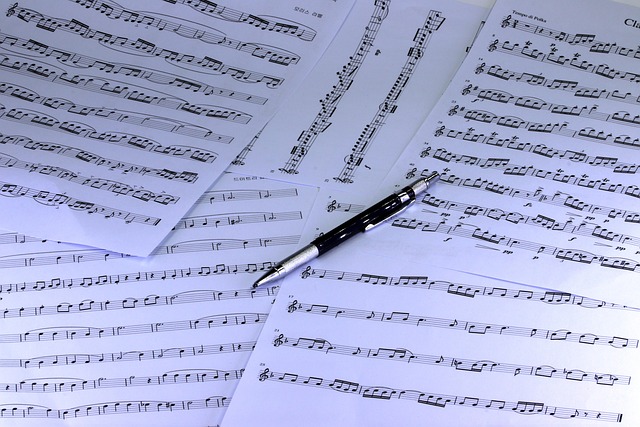In the ever-evolving landscape of television, the role of a composer has become increasingly crucial in shaping the auditory experience that complements visual storytelling. A well-crafted soundtrack not only enhances the narrative but also deepens the emotional connection between the audience and the characters on screen. Behind the scenes, composers wield a plethora of technological tools and programs that allow them to create rich, evocative soundscapes tailored to each scene.
As television progresses towards more complex narratives, composers are challenged to adapt their techniques, utilizing advanced software and hardware to produce high-quality soundtracks. Digital Audio Workstations (DAWs) such as Logic Pro, Ableton Live, and Pro Tools have become staples in the composer’s toolkit, enabling them to compose, edit, and mix music with precision. These programs provide extensive libraries of virtual instruments, samples, and effects, inviting composers to experiment with sound in ways that were once unimaginable.
Visualization of sound plays an essential role in the composition process. Modern display technology and high-definition monitors allow composers to visualize the musical elements they are creating, making it easier to synchronize audio with visual cues. Imagine layering music that conveys tension with a character’s heartbeat as they approach a pivotal moment. The monitors help composers see sound waves, aiding in the fine-tuning of each note and beat to align harmoniously with the visuals.
The collaboration between the composer and the visual team is essential. Composers work closely with directors and editors to understand the emotional core of a scene, determining how the music will enhance the viewers’ experience. This symbiosis is where the technology comes to life. By using MIDI controllers and synthesizers, composers can improvise and create scores that are not only innovative but also deeply reflective of the emotions portrayed in the scene.
Thanks to advancements in technology, composers can now work remotely, allowing for a global collaboration pool that was previously unattainable. With the rise of video conferencing tools and cloud-based software, a composer in one part of the world can seamlessly interact with a director in another—discussing themes, style, and the nuances of sound design, all while being thousands of miles apart. This connectivity broadens the horizons of what is possible in crafting soundtracks that are not only tailored to the show but also resonate with a diverse audience.
Moreover, as streaming platforms proliferate, the demand for unique and memorable soundtracks has intensified. Audiences have come to recognize and associate specific themes with their favorite shows, almost like a form of branding. A composer has the power to define a series’ identity, and technology plays a key role in this process. Not only does the music need to be compelling, but it also needs to adapt to various formats, whether it be a 4K display or standard HD, ensuring that the auditory experience enhances the visual spectacle.
The future looks bright for television composers as they embrace new technologies and methods of creation. With each passing year, the evolution of tools and techniques opens doors to innovative sound design, allowing composers to push boundaries and explore new auditory realms. As we continue to tune into our favorite shows, we may not always realize the work that goes into crafting those unforgettable soundtracks—but the impact they have on our viewing experience is immeasurable.




